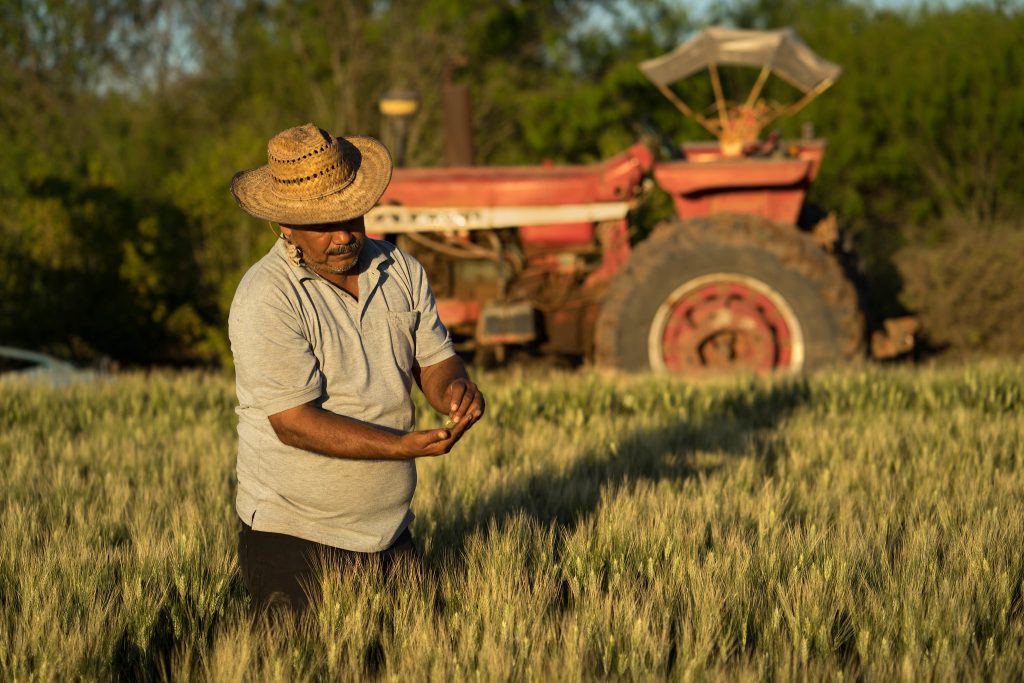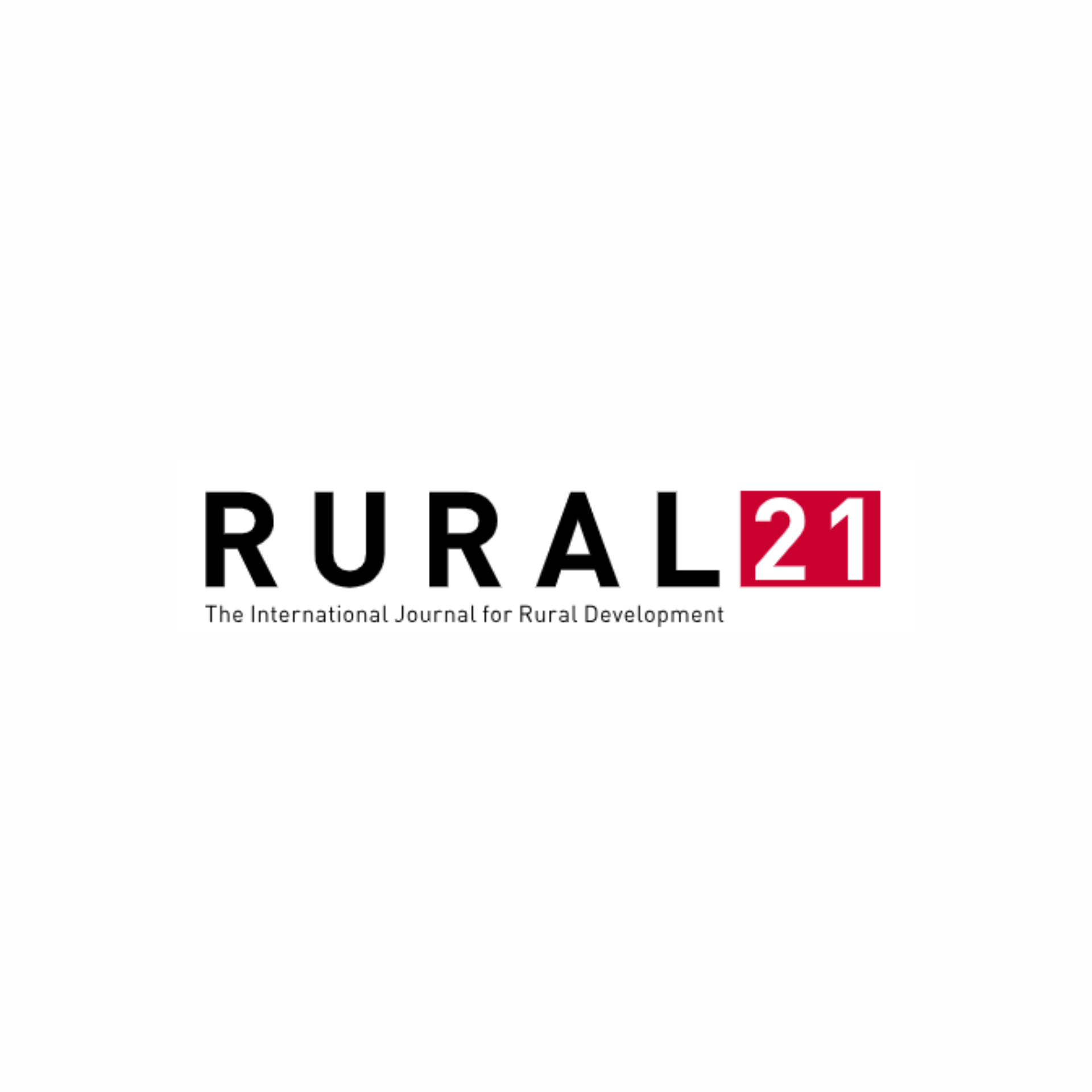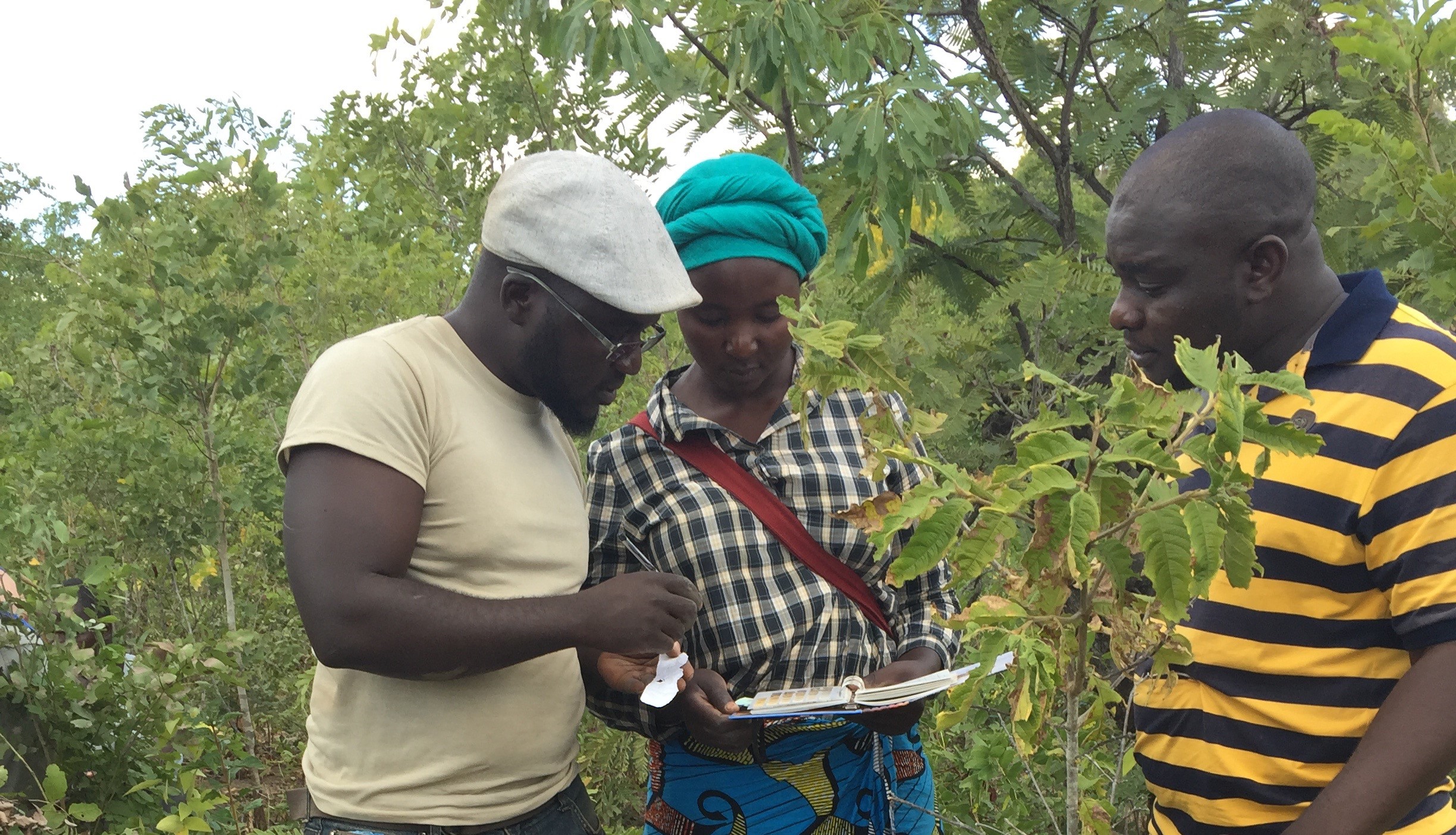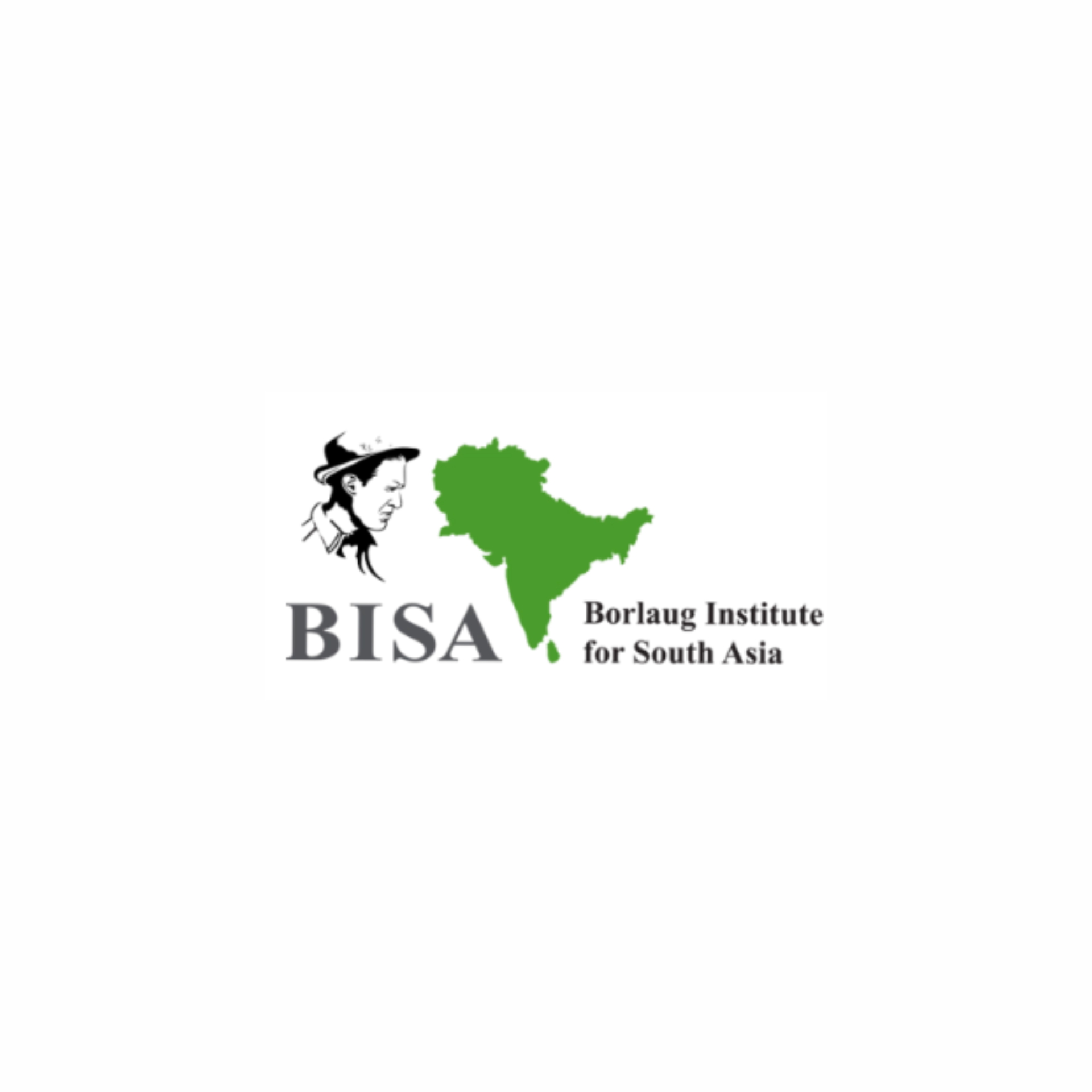
In a recent series of conversations with CGIAR knowledge management teams, Sara Jani and Valentina De Col interviewed Jesús Herrera de la Cruz, CIMMYT’s Deputy Director of Knowledge Management and Information Technologies. They discussed CGIAR’s collaboration with the Food and Agriculture Organization of the United Nations (FAO) on AGRIS and AGROVOC – two key resources in agricultural research. AGRIS is a comprehensive bibliographic database focusing on agriculture and nutrition, while AGROVOC is a multilingual thesaurus covering a wide range of agricultural terms.
Benefits of being in AGRIS
CIMMYT has shared its knowledge products with AGRIS and plans to do so more. What are the benefits of your center’s participation in AGRIS?
Jesús: When I think about it, there’s one clear benefit: projection. AGRIS allows CIMMYT to be part of one of the most important databases in our field, if not the most important. This link allows us to showcase our work on a global scale. Another critical benefit is trust. AGRIS is a trusted source of accurate and reliable information. In today’s age, where the internet is flooded with information, having a trusted source like AGRIS is invaluable. It ensures that CIMMYT’s contributions are part of a verifiable and respected database, which is crucial to maintaining the integrity and credibility of our work.
Importance for CGIAR of sharing research results through AGRIS
From a broader perspective, do you think it is important for CGIAR to share its research results with a wider community and global users through AGRIS? If so, why?
Jesús: Absolutely, and it’s not just important—it’s our mandate. As part of our commitment to make our public goods as accessible as possible, AGRIS is one of the main channels we use to fulfill this mandate. The more we share our scientific outputs, the better we fulfil our mission. This sharing aligns with our goals and enhances our ability to collaborate and fulfil our mission.
CIMMYT’s knowledge content: content types and topics
How would you describe the knowledge content produced by your center and made available through your repository? In which specific research areas does your center publish?
Jesús: CIMMYT focuses primarily on maize and wheat improvement, genetic resources and conservation agriculture. Recently, CIMMYT has expanded its research into other crops, although these newer projects are not yet strongly reflected in our repository. We expect this to change in the coming years as new research results becomes available. In addition to our scientific content, our repository includes institutional documents, such as financial reports and other forms of historical memory. These items are often overlooked, but they provide a richer understanding of the history of our work by offering insights into the context in which our research took place.
Importance of AGRIS for agricultural research institutions such as CGIAR
Do you think it is important for agricultural research institutions or networks such as CGIAR, to have access to a comprehensive bibliographic database such as AGRIS? If so, what are the specific benefits of having access to such a database?
Jesús: As I mentioned earlier, having access to AGRIS is more than important— it is essential. AGRIS is a cornerstone for ensuring we remain compliant with our mandate. It’s a trusted source that provides control and guarantees the credibility of the content within it. This reliability is invaluable to researchers and readers alike. AGRIS is a source of truth and its role in maintaining the integrity of our scientific output cannot be overstated.
Improving searchability and interoperability with AGROVOC
CGIAR contributes to and uses AGROVOC as a common vocabulary. How does this collaboration affect the discoverability and interoperability of your data?
Jesús: Absolutely. AGROVOC significantly enhances the discoverability and interoperability of our data. By using controlled vocabularies such as AGROVOC, we can ensure consistent and accurate data exchange across platforms. AGROVOC is the definitive controlled vocabulary in our field, and it plays a crucial role in maintaining the standardization necessary for seamless interoperability. For us, it’s not just a tool, it’s a cornerstone of our data management strategy, and it’s essential that it continues to be the standard.
The discussion focused on the role of AGRIS in increasing the visibility and accessibility of CIMMYT’s research results. By continuing to strengthen links with the AGRIS and AGROVOC programs, the CGIAR is well placed to increase the global impact of its research and ensure that vital agricultural knowledge reaches those who need it most around the world.
For more info on the CGIAR and FAO collaboration:
Report: https://hdl.handle.net/10568/116236

 Climate adaptation and mitigation
Climate adaptation and mitigation 
